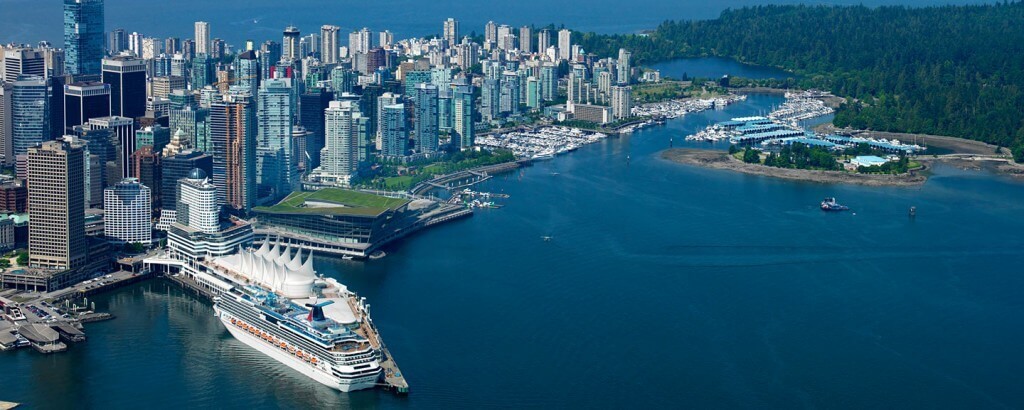
By doubling their footprint, Taj Hotels and Shangri-La are hoping to secure a foothold in the world’s fastest growing travel markets
The Asian luxury travel segment is growing rapidly, and it’s changing fast.
A 2016 report from travel tech firm Amadeus argues that some of the fastest growth in the luxury travel market is being driving out of Asia Pacific (APAC).
That the sector is growing is backed up by a recent by CNN report, which highlights nine new high-end hotels that will open doors across the region in 2017 to cater to a new breed of traveller. In it Sii Eawsakul, an early pioneer in Asian online travel and founder of luxuryhunt.com, is reported saying that in recent years “there has been a rise in travel experiences based around fashion, cuisine and off-the-grid escape”.
Little wonder then, that in the latter part of 2016, two of Asia’s biggest, most iconic luxury hotel brands – Hong-Kong-based Shangri-La and Mumbai’s Taj Hotels & Resorts – joined forces in a bid to win kudos with their loyal customer base.
After putting heads together, the two groups quickly realised the scale of the potential. “Soon there will be more Indians travelling abroad than the entire population of the United States – and these travellers are going to require the hospitality sector to make changes to suit their needs,” says Chinmai Sharma, Chief Revenue Officer at Mumbai-based Taj Hotels Resorts and Palaces.
By joining forces, the brands will cover off two of the biggest outbound travel markets in the world – namely India (Taj) and China (Shangri-La). While China is still the fastest growing outbound travel market, India is fast playing catch up.
According to Amadeus, at 12.8%, the compound annual growth of India’s luxury market is higher than any other BRIC nation, and the highest of the 25 countries explored in its 2016 report. “India’s booming middle class presents great potential for luxury travel investment over the coming decade,” it says.
Read rest of the article at Eye for Travel




